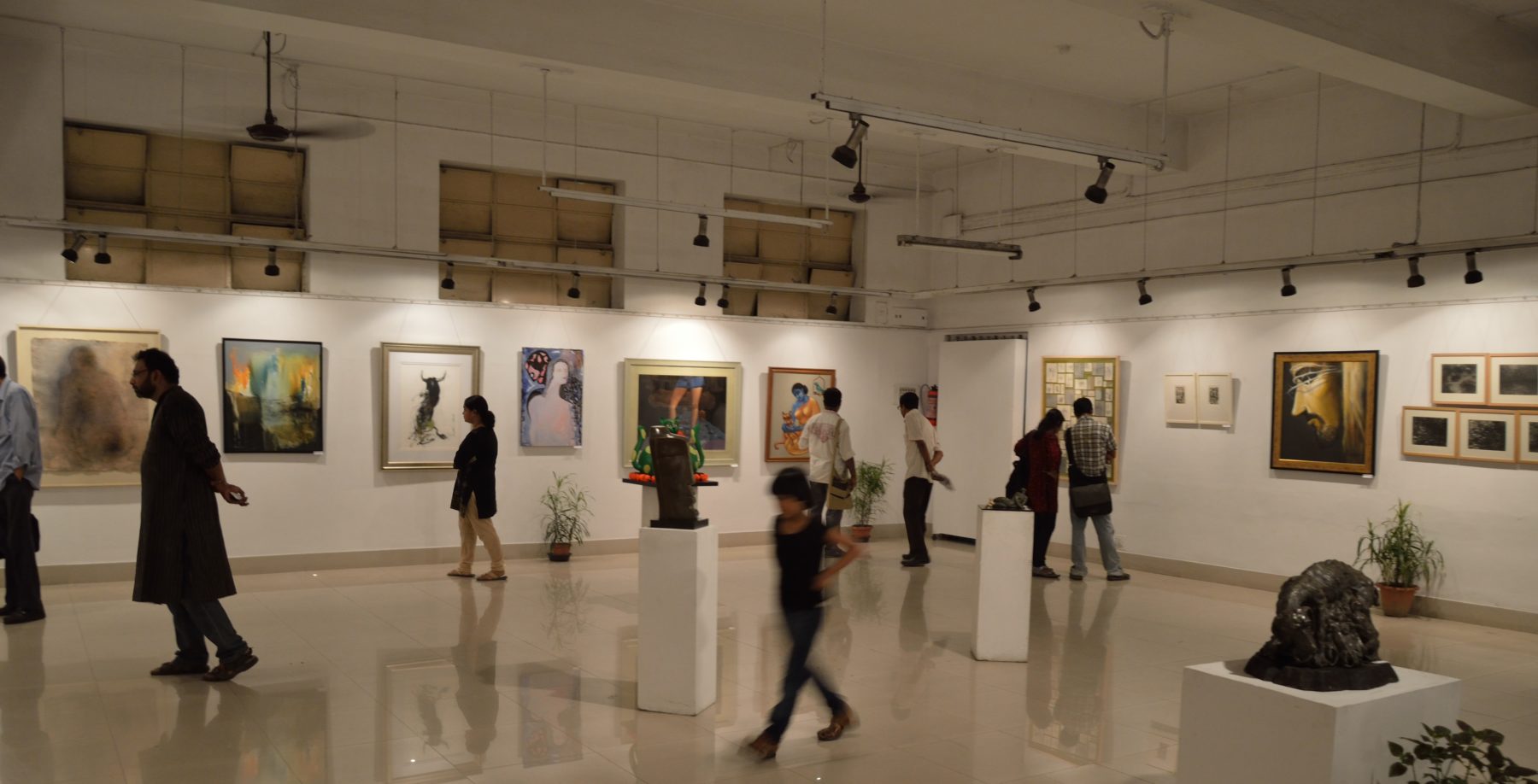1. UNESCO. “Culture: Urban Future. Global Report on Culture for Sustainable Urban Development”. 2016. International.
This report makes recommendations linking the implementation of the UNESCO Culture Conventions with the UN’s 2030 Agenda for Sustainable Development, employing insights from scholars, NGO partners, and urban thinkers.
2. ECORYS. Department of Culture, Media, and Sport (UK). “Local economic impacts from cultural sector investments”. 2014. United Kingdom.
This literature review examines 40 different culture-sector economic impact studies in both the UK and abroad (2004-2014), assessing the commonality and variability in the methodologies of these studies, and describing their frequent lack of rigor.
3. Arts Council England. “Equality, Diversity, and the Creative Case: A Data Report, 2015-2016”. 2016. United Kingdom.
This is Arts Council England’s second annual report on diversity within their National Portfolio Organizations (NPOs), concluding that while diversity metrics have improved since the first assessment, privileged participants are still over-represented.
4. Jeffrey Chapline and Julene K. Johnson. NEA Office of Research & Analysis. “The National Endowment for the Arts Guide to Community-Engaged Research in the Arts and Health”. 2016. United States.
This guide describes best practices for collaboration between researchers, organizations, and artists investigating the arts’ impact on healing and health outcomes, as well as assesses the efficacy of applying this knowledge to arts therapy programs.
5. Kelly Hill and Hill Strategies Research, Inc. British Columbia Alliance for Arts + Culture. “British Columbia arts, culture, and heritage organizations in 2015”. 2016. Canada.
This report analyzes the financial, operational, governance, and program capacity of 206 arts organizations in British Columbia, Canada, and compares this field’s situation with the metrics of other neighboring provinces.
